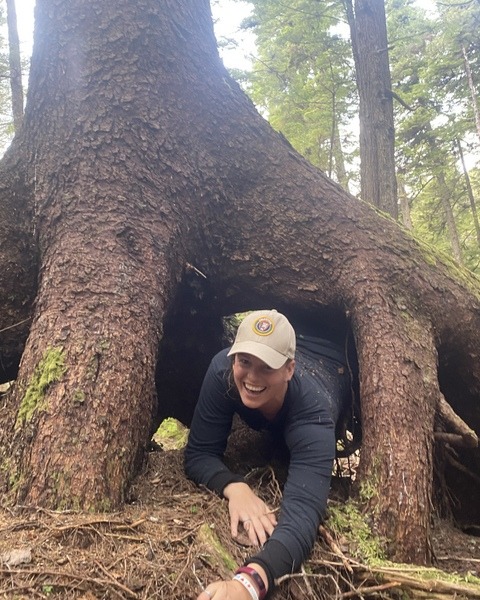Back
Latebreaking Poster
Session: Restoration Ecology (Latebreaking)
LB 37-312 - Avian presence as an indicator of ecosystem health on coastal ridges in Louisiana
Thursday, August 10, 2023
5:00 PM - 6:30 PM PDT
Location: ESA Exhibit Hall

Carissa Thiel
Graduate Student
Nicholls State University
New Orleans, Louisiana, United States
Presenting Author(s)
Birding has a large, multi-million-dollar national economic impact, and coastal Louisiana hosts multiple festivals and events during migration season. Important avian stopover habitat is lost as a component of Louisiana’s extensive coastal land loss. Coastal ridges are known to provide an abundance of environmental, economic, and cultural services, and are a component of current coastal restoration planning. However, the relationship between changing forested ridge communities and avian populations is not well understood. Existing data gaps regarding trajectories of terrestrial vegetation succession for coastal ridges, or the role of external abiotic factors in structuring vegetation community composition exacerbate understanding of avian niche availability over time. Resolving these data gaps can aid in more successful ridge restoration efforts, and enhance acceptable habitat for permanent and migratory bird species. The purpose of this project is to identify avian patterns of four different ridge types (restored ridge, replanted ridge, spoil bank, and old growth Chenier Forest) within the Barataria and Terrebonne Estuary systems. From January 2023 to December 2023 monthly transects will be walked at each site along representative plots selected for forested ridge characterization. Avian sightings and calls within a 30 minute period will be recorded. Surveys will be supplemented with Vikeri trail camera data. Trail cameras will be set up within the representative plots, approximately one foot from the ground. Photos will be uploaded to a computer, sorted, and avian species included in abundance analysis. Species presence will be organized by date into three, four-month segments, (January-April, May- August, September-December) for analysis. Shannon-Weiner Diversity Index and Morisita’s Overlap Index will be used to compare the four sites. Avian species presence will be analyzed with overall ridge characteristics (forest composition, elevation, salinity, and site age) using non-metric multidimensional sampling in R software. Preliminary results demonstrate the restored ridge being an active stopover habitat, with 11 migratory species documented in the April survey. However, the trail camera collected no avian photos, and indicated a high abundance of invasive feral hogs. The trail camera at the replanted site collected images of five migratory species to supplement the walking survey. Connecting charismatic species with the health of forested ridge communities and coastal restoration efforts can increase community engagement with Louisiana’s Coastal Master Plan. The results of this research effort will enable additional, ecosystem estimations of the likely benefits of coastal ridge restoration projects in Louisiana.
